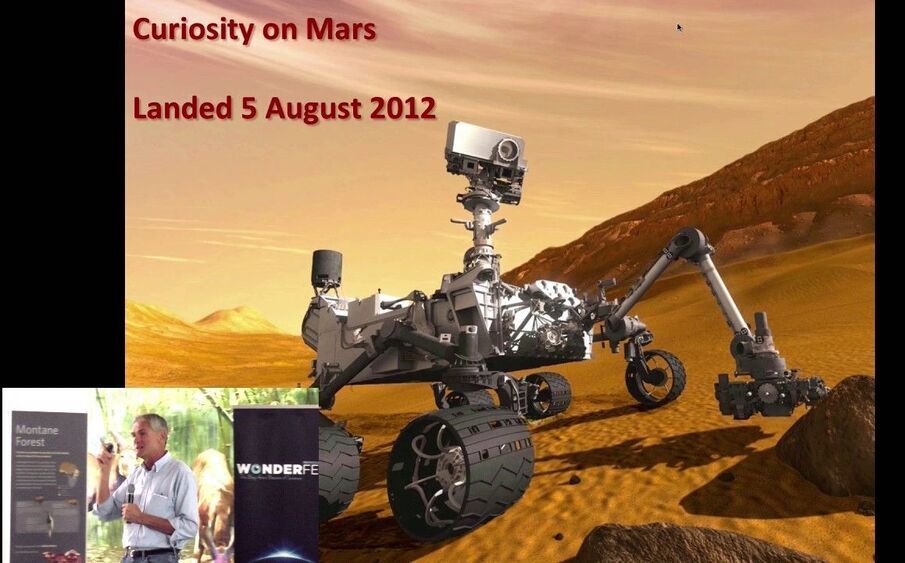The idea of terraforming Mars is a fascinating idea. … But just how long would such an endeavor take, what would it cost us, and is it really an effective use of our time and energy?
Ultimately, Yakovlev thinks that space biospheres could also be accomplished within a reasonable timeframe – i.e. between 2030 and 2050 – which is simply not possible with terraforming. Citing the growing presence and power of the commercial space sector, Yakovlev also believed a lot of the infrastructure that is necessary is already in place (or under development).
“After we overcome the inertia of thinking +20 years, the experimental biosphere (like the settlement in Antarctica with watches), in 50 years the first generation of children born in the Cosmos will grow and the Earth will decrease, because it will enter the legends as a whole… As a result, terraforming will be canceled. And the subsequent conference will open the way for real exploration of the Cosmos. I’m proud to be on the same planet as Elon Reeve Musk. His missiles will be useful to lift designs for the first biosphere from the lunar factories. This is a close and direct way to conquer the Cosmos.”
With NASA scientists and entrepreneurs like Elon Musk looking to colonize Mars in the near future, and other commercial aerospace companies developing LEO, the size and shape of humanity’s future in space is difficult to predict. Perhaps we will jointly decide on a path that takes us to the Moon, Mars, and beyond. Perhaps we will see our best efforts directed into near-Earth space.
